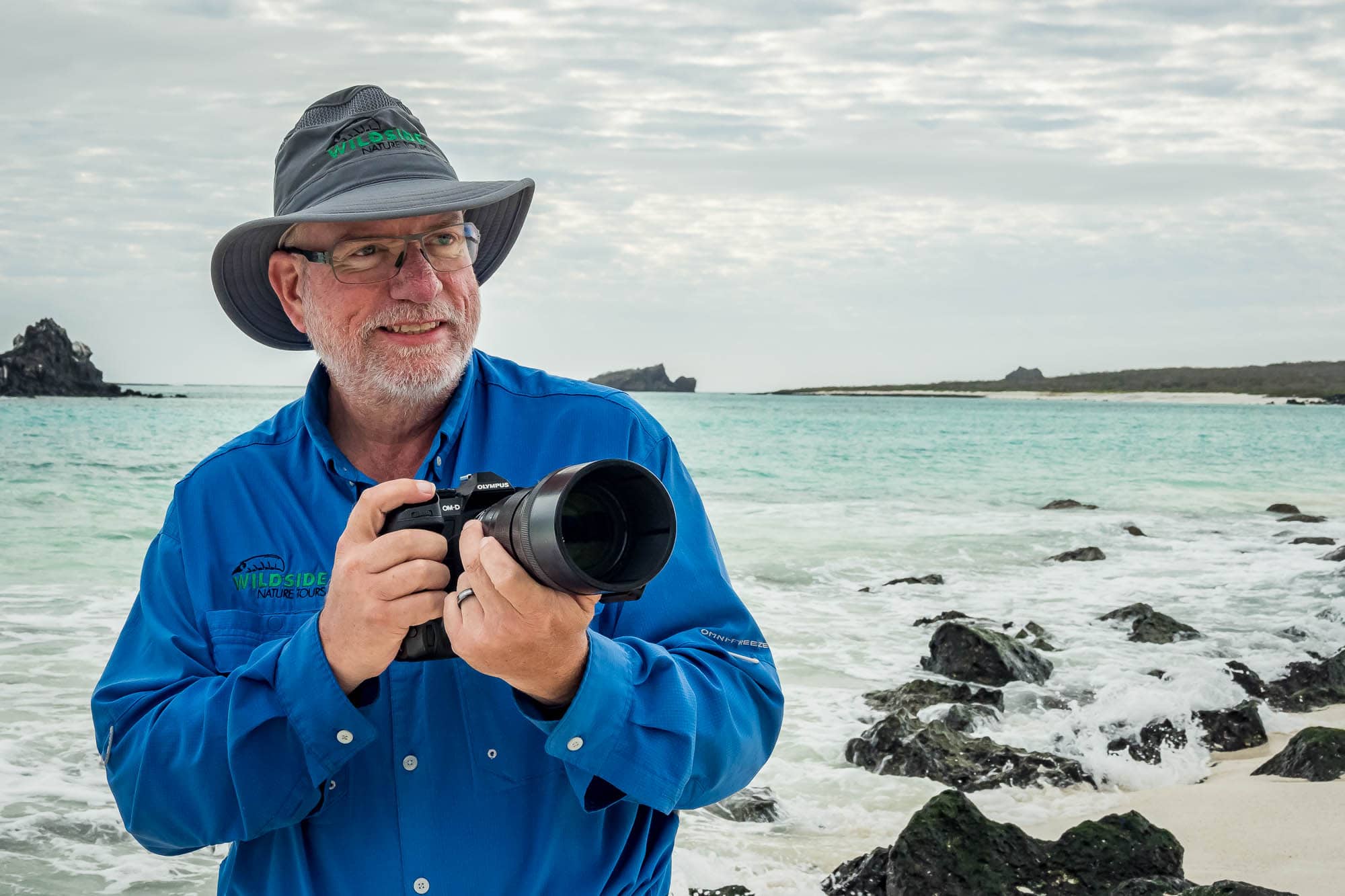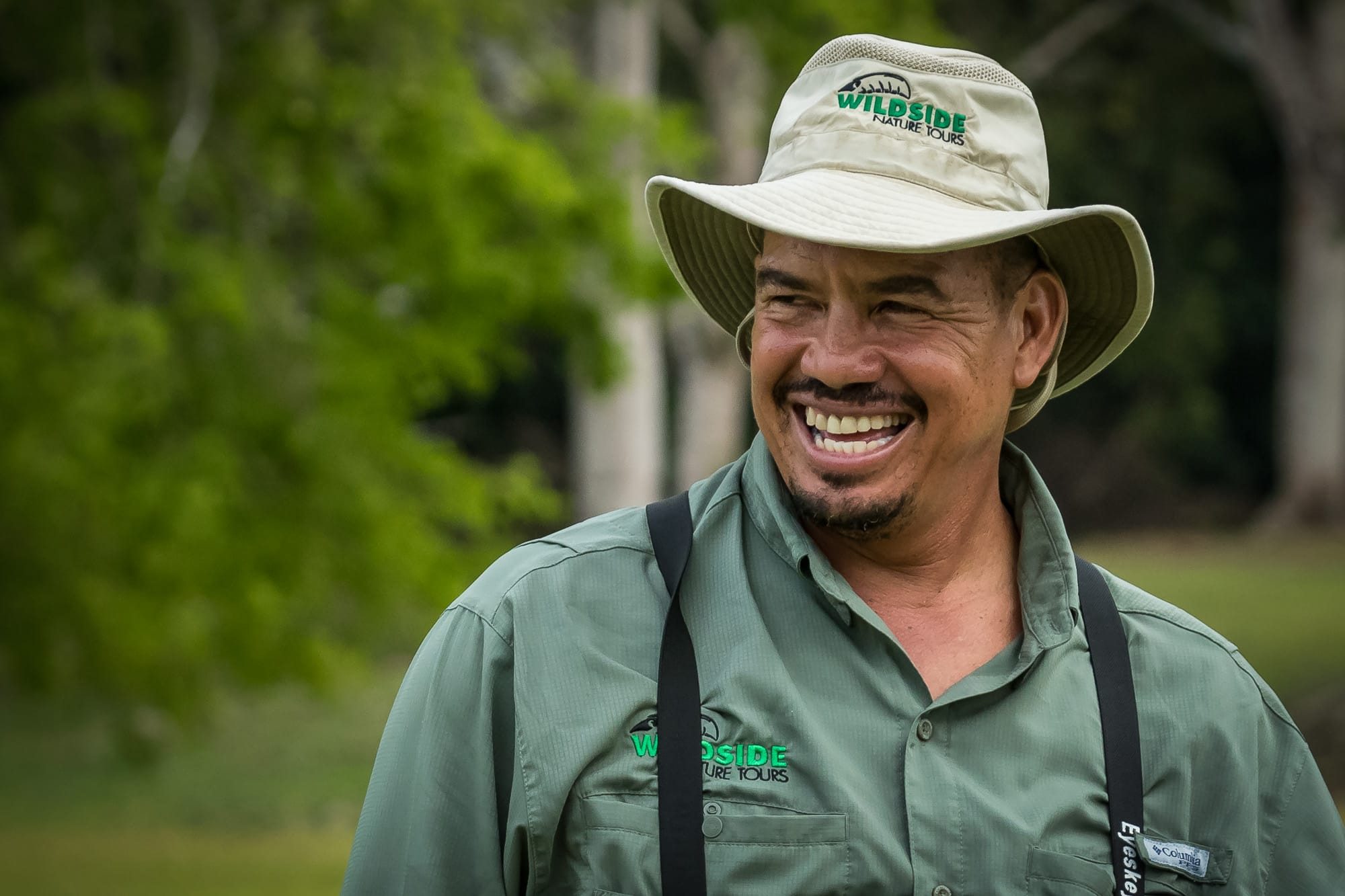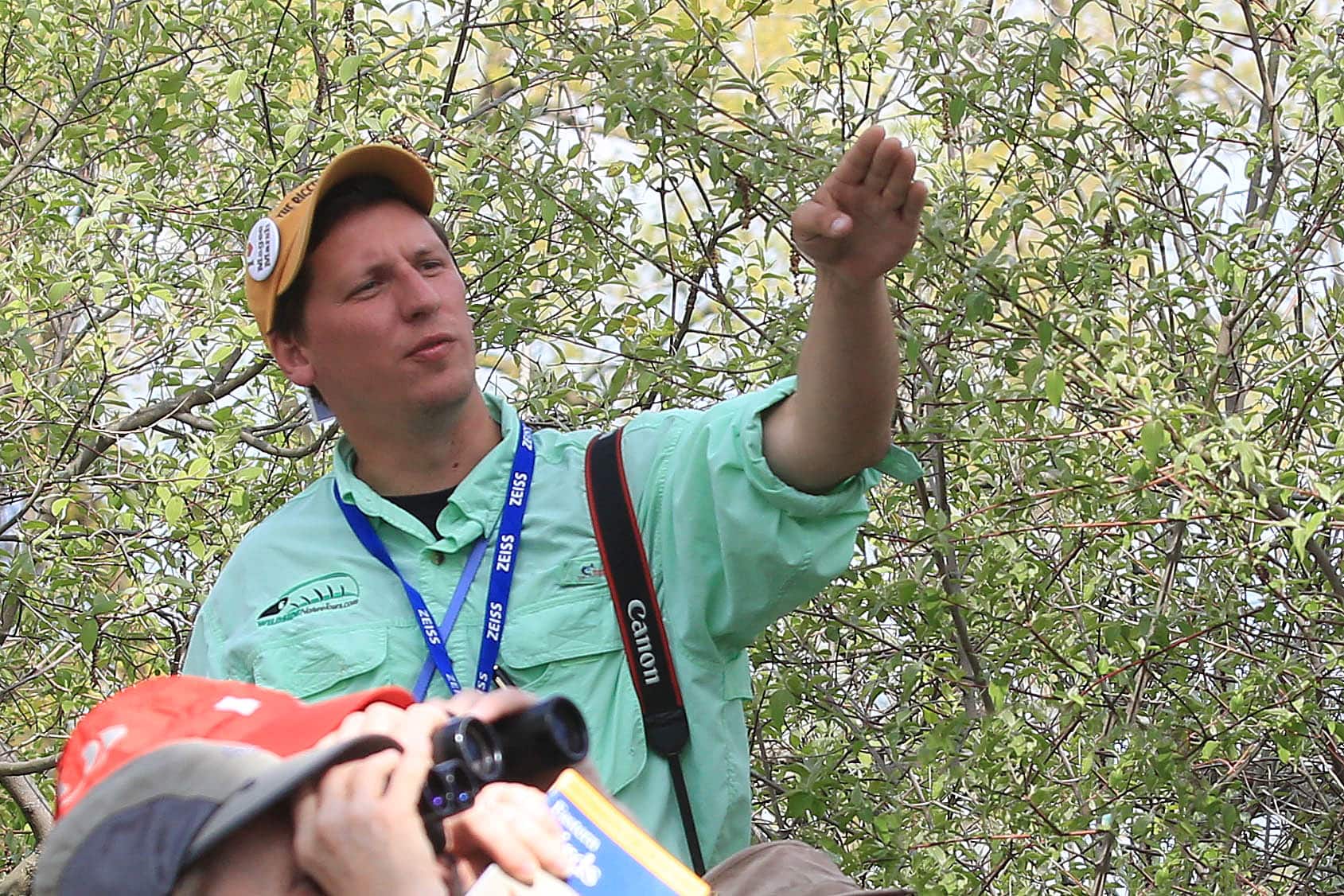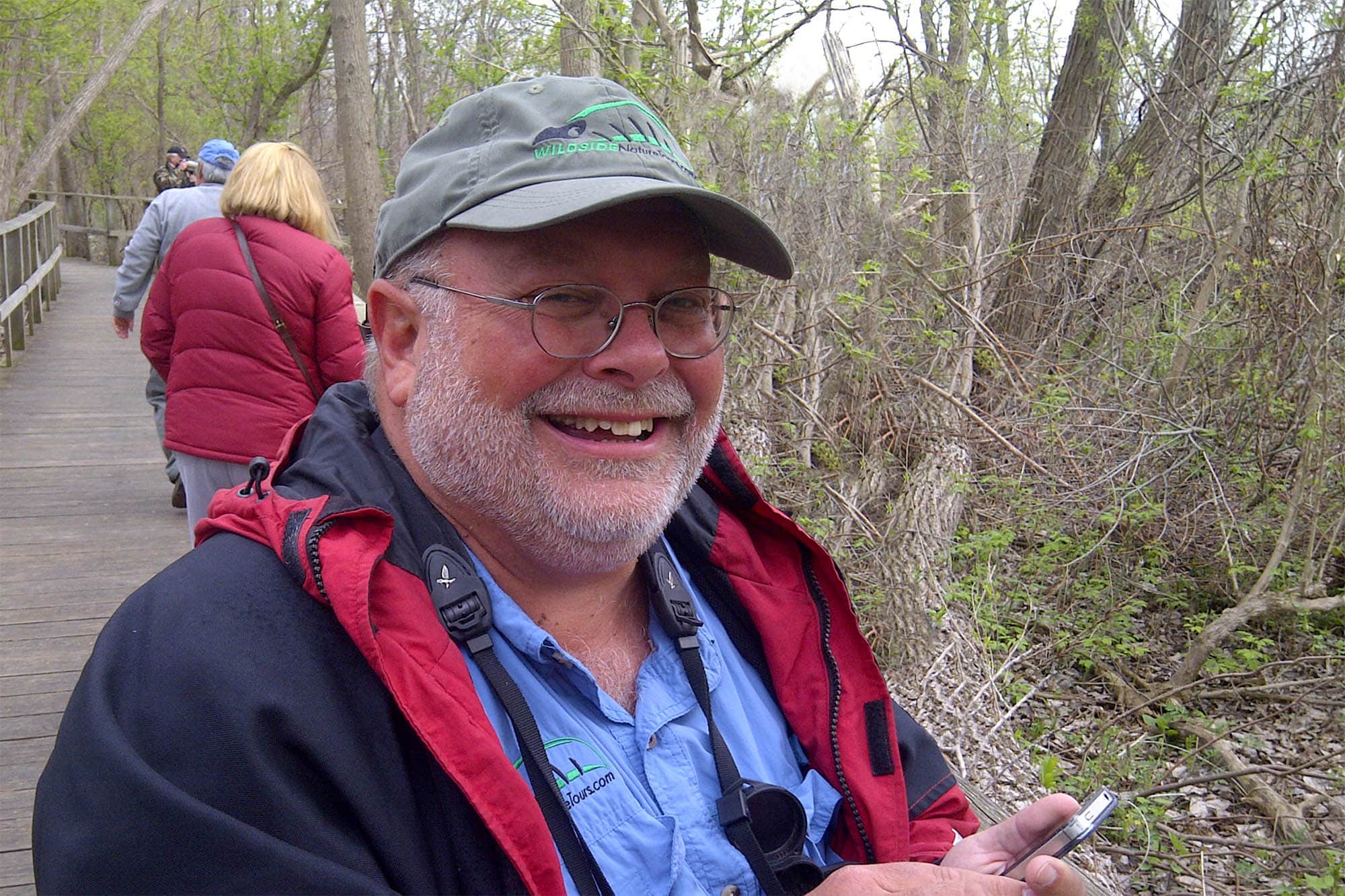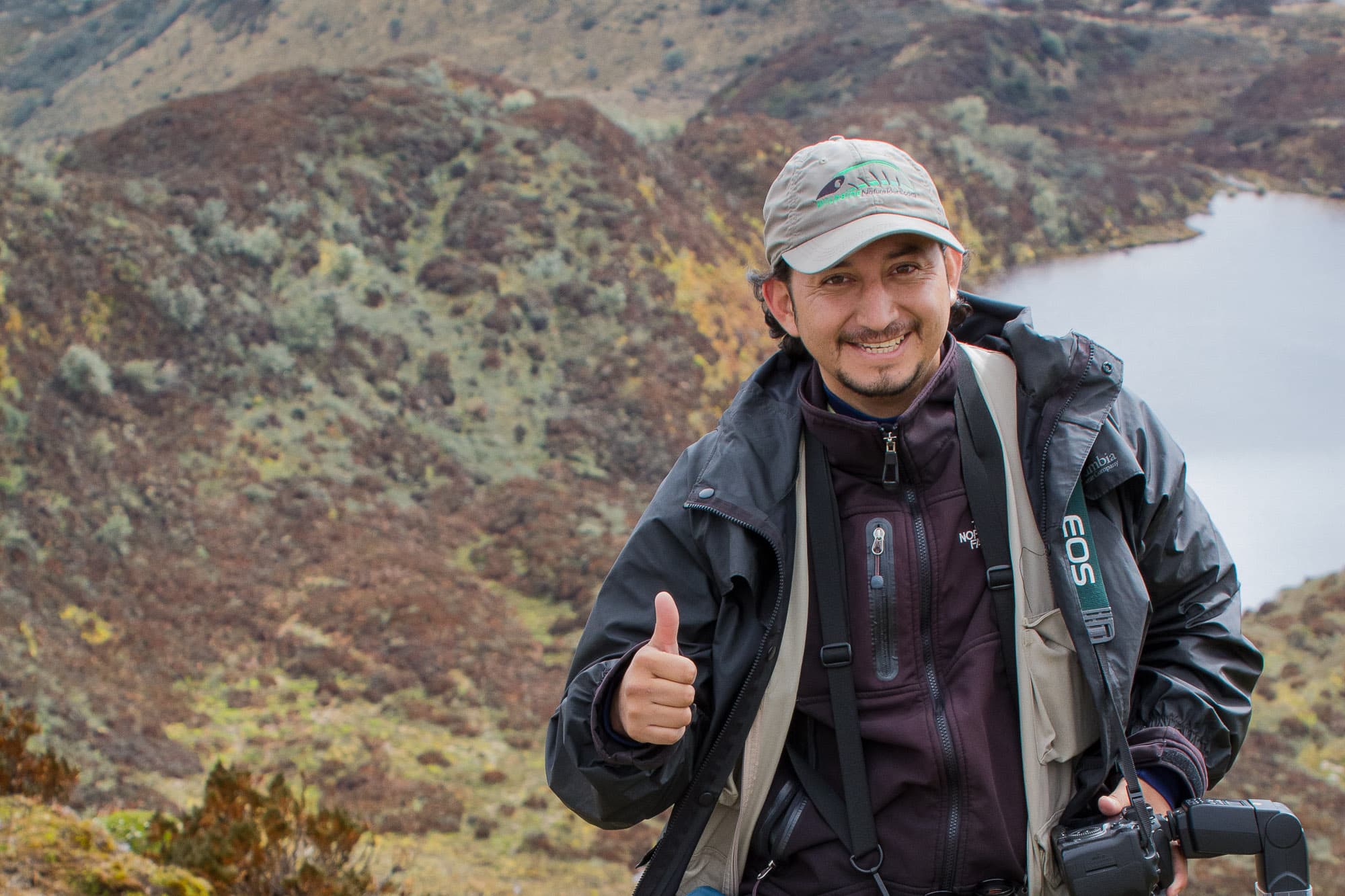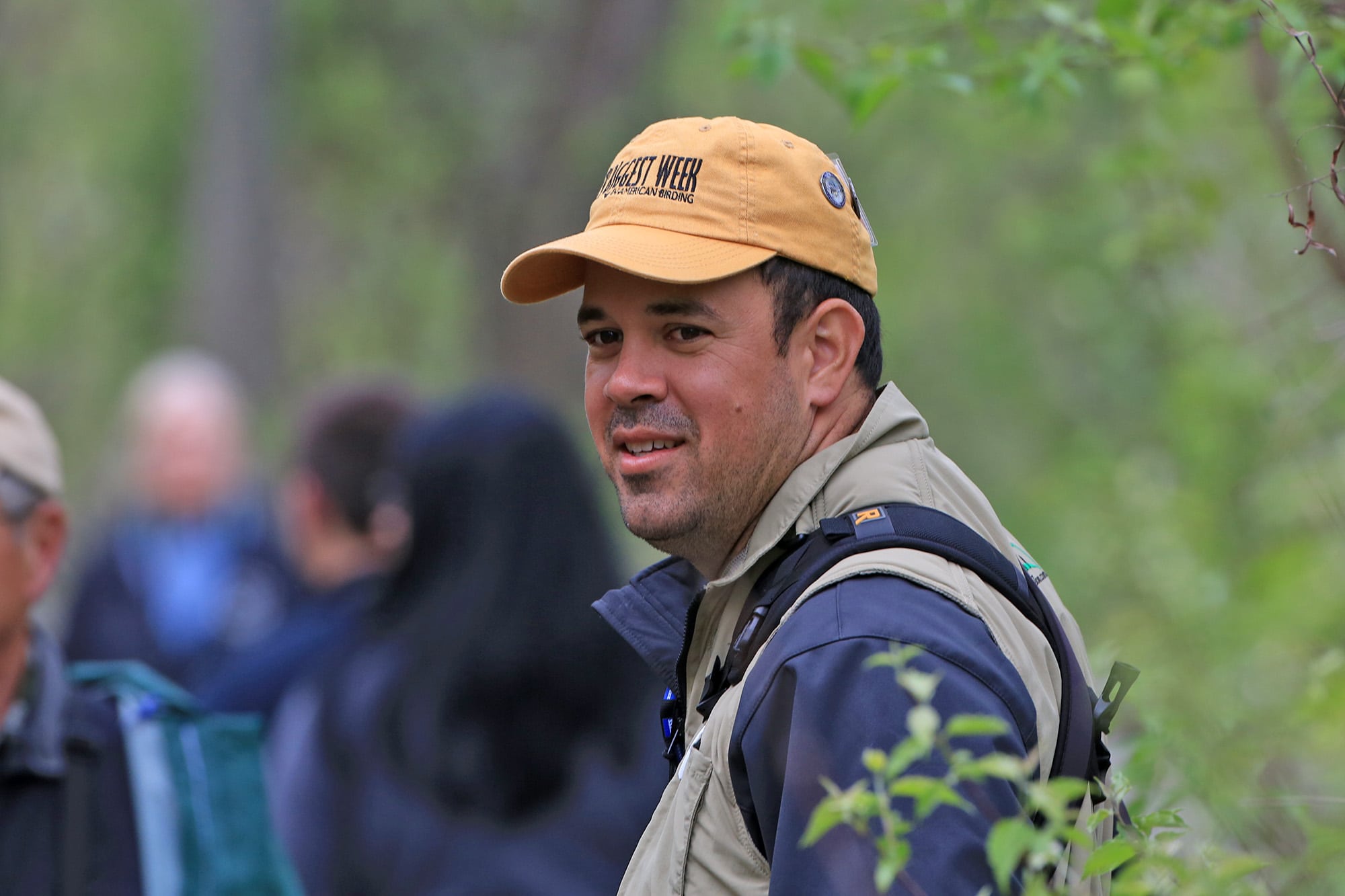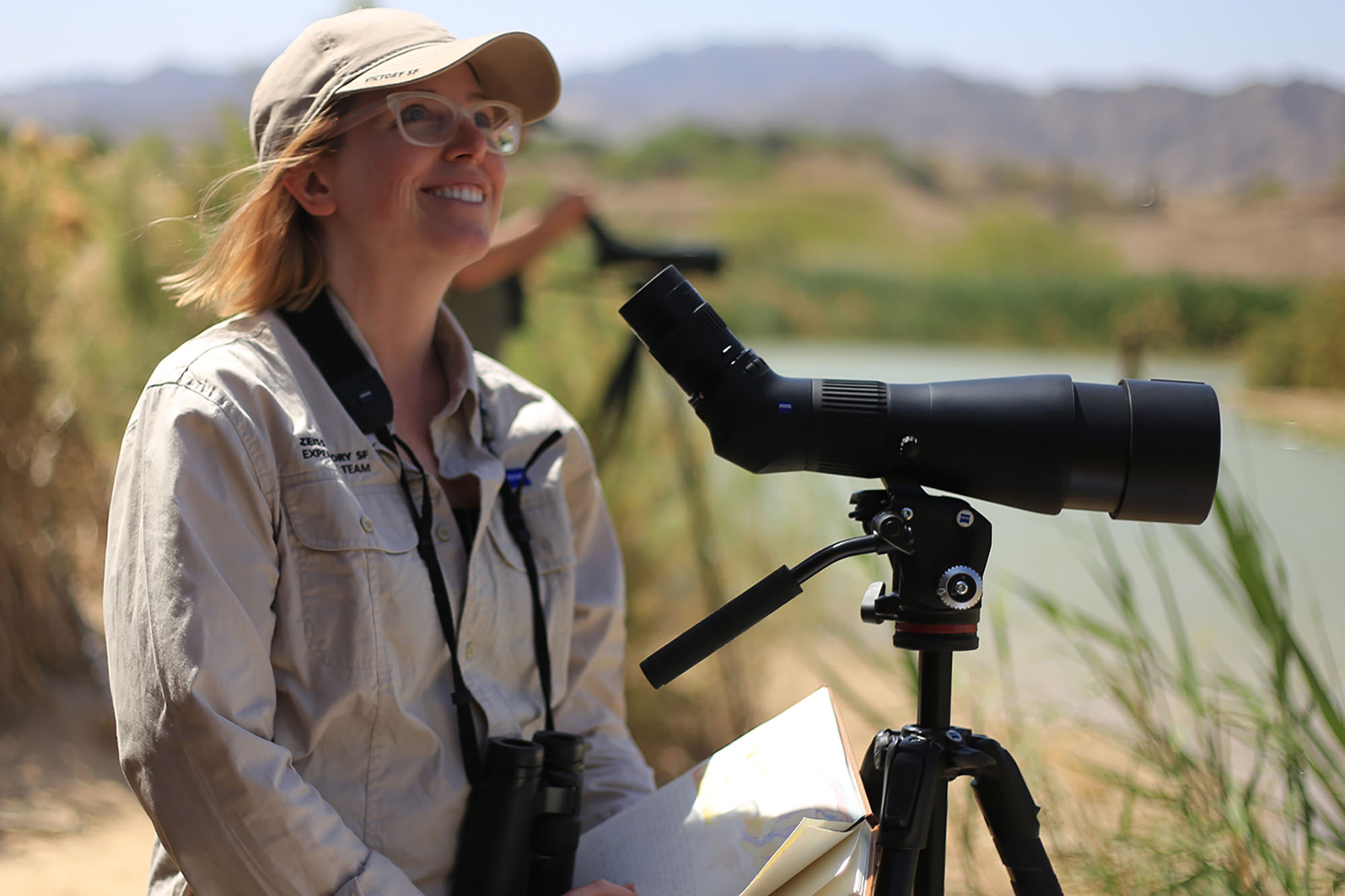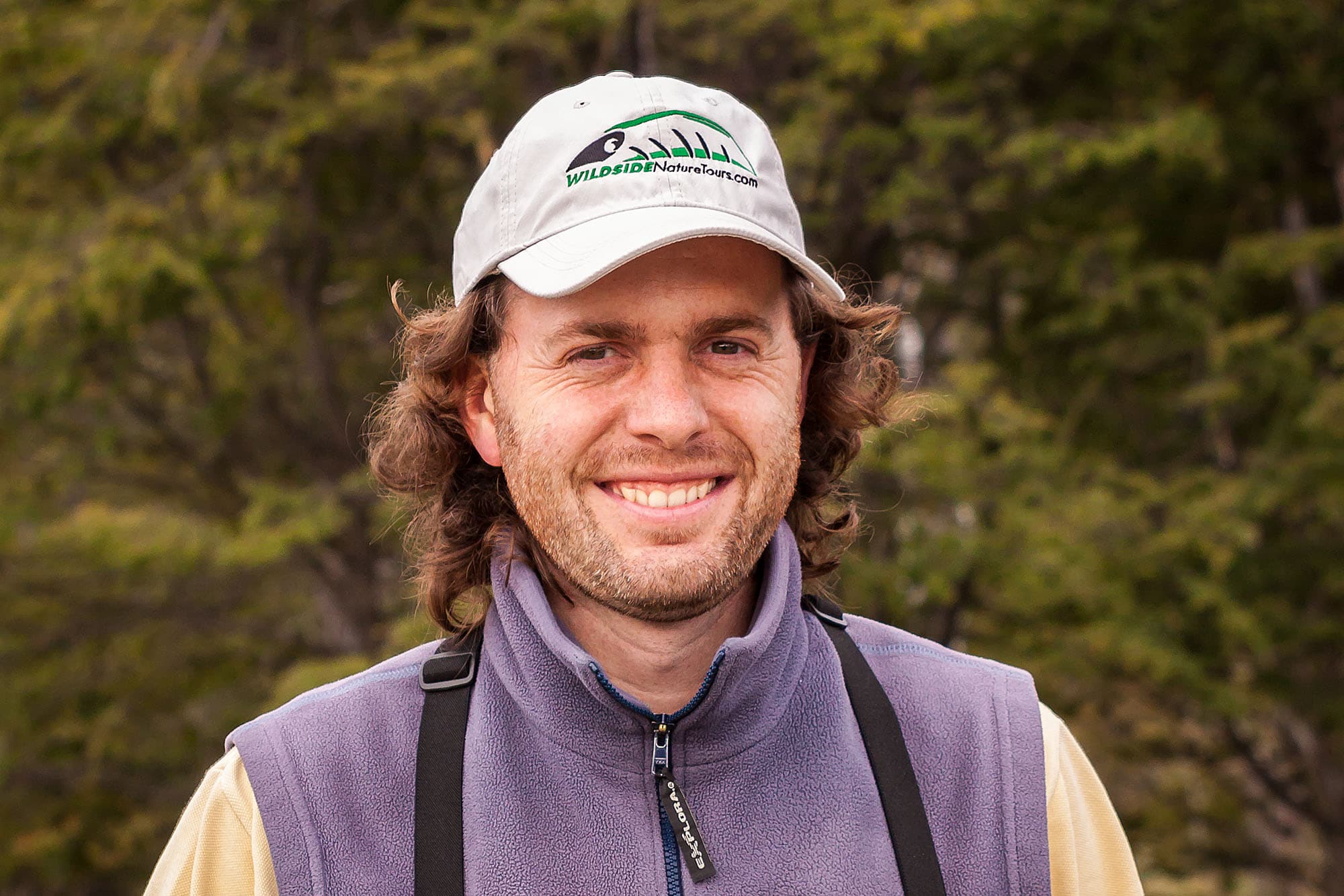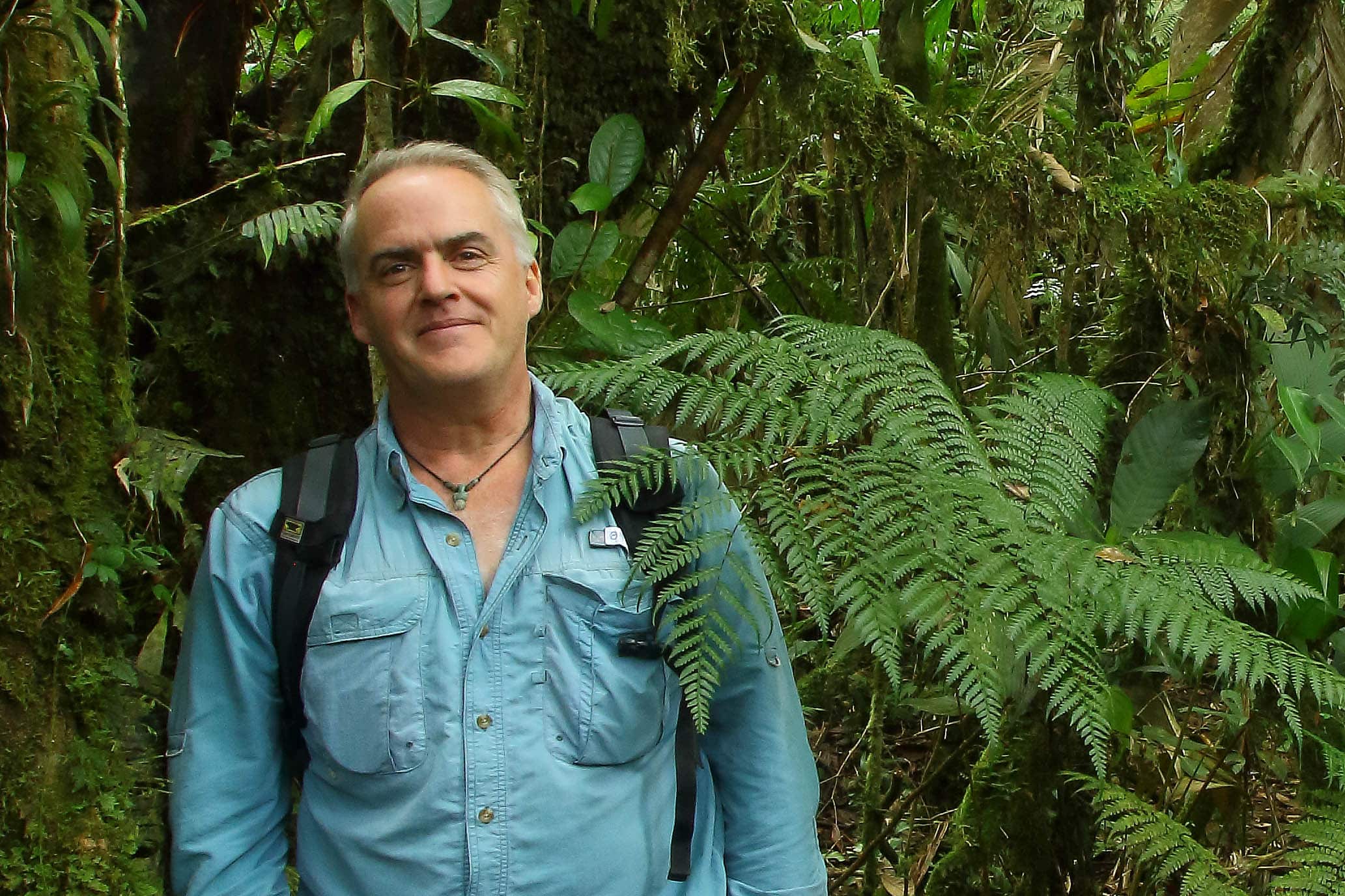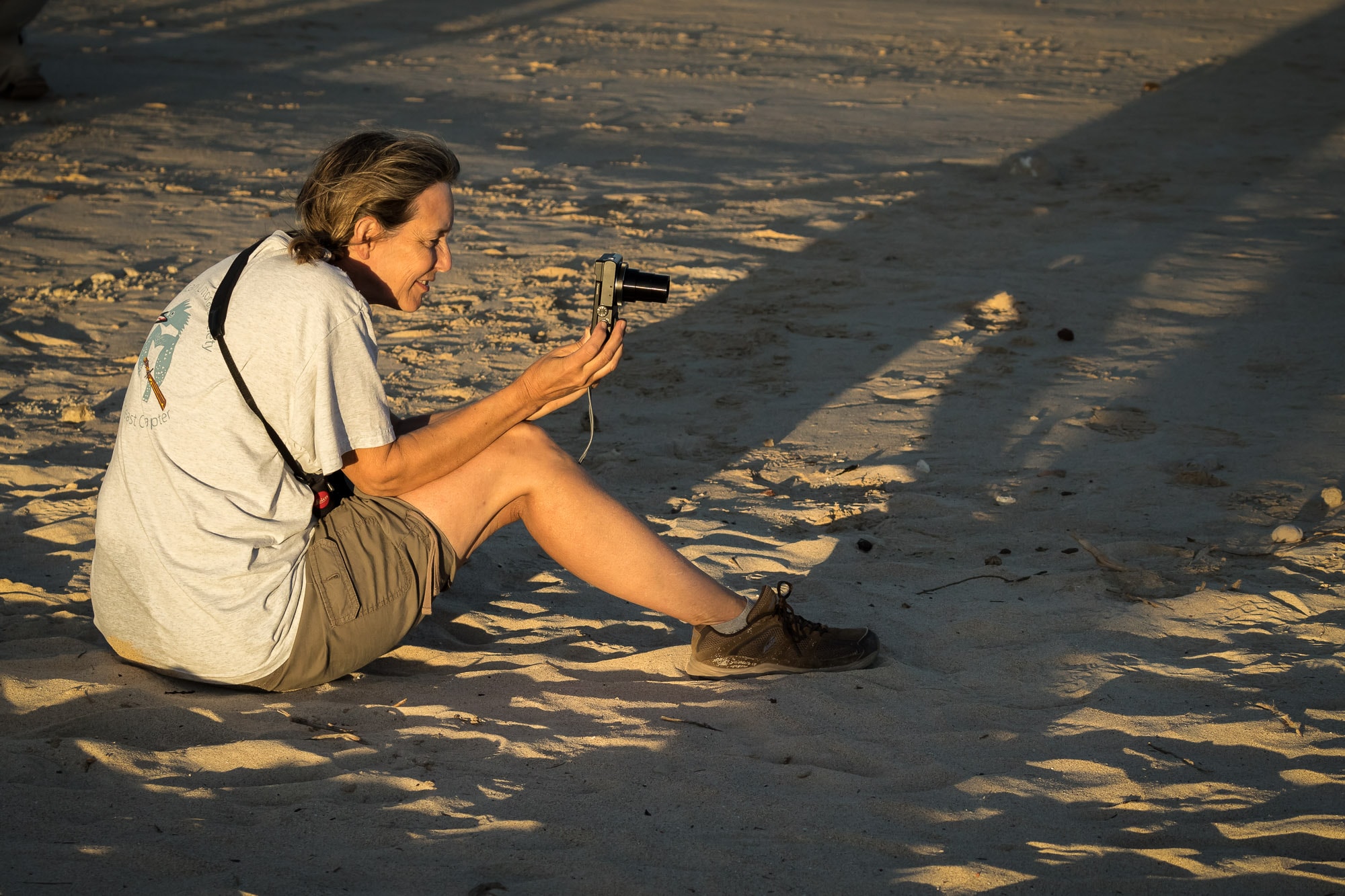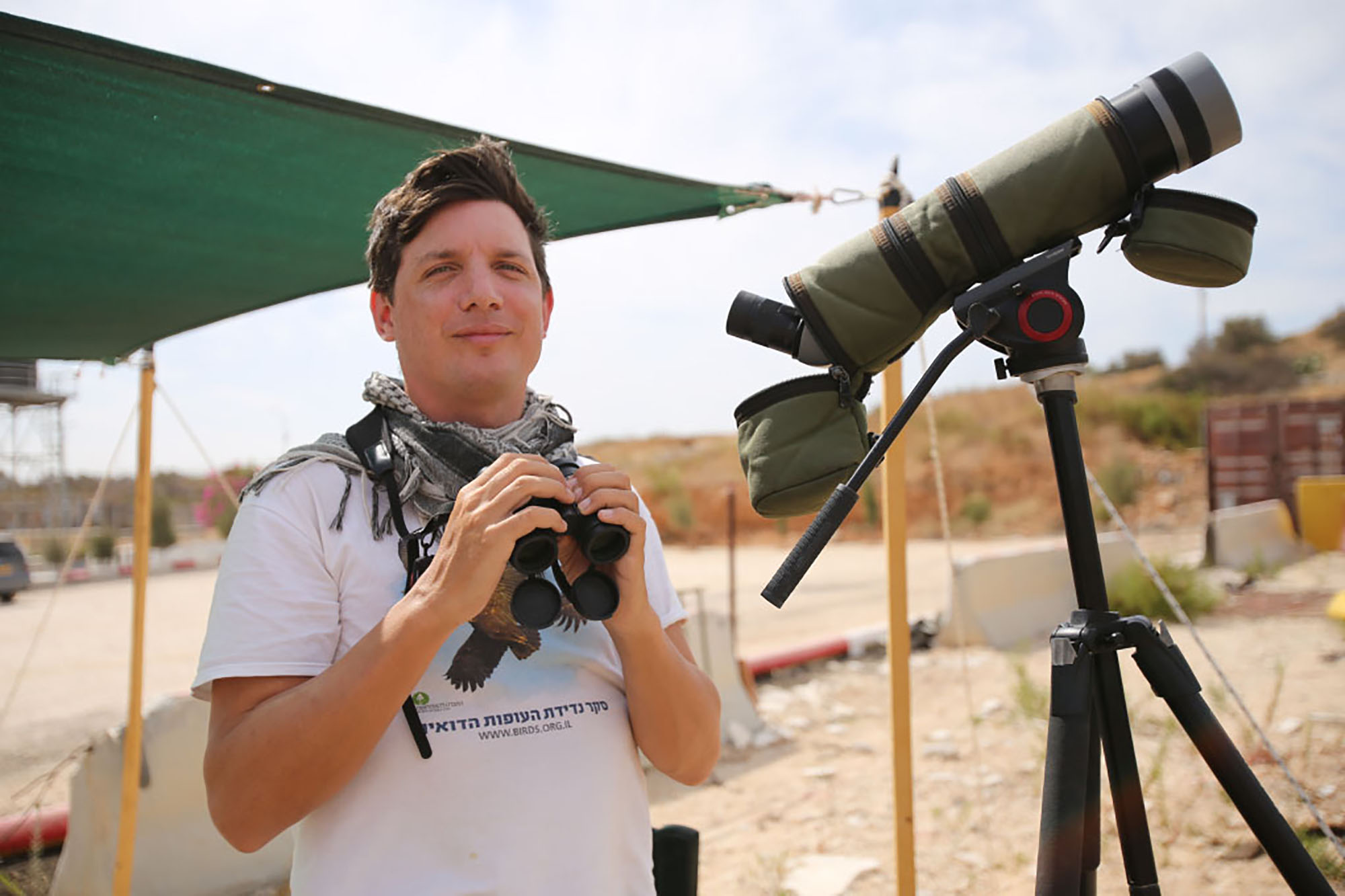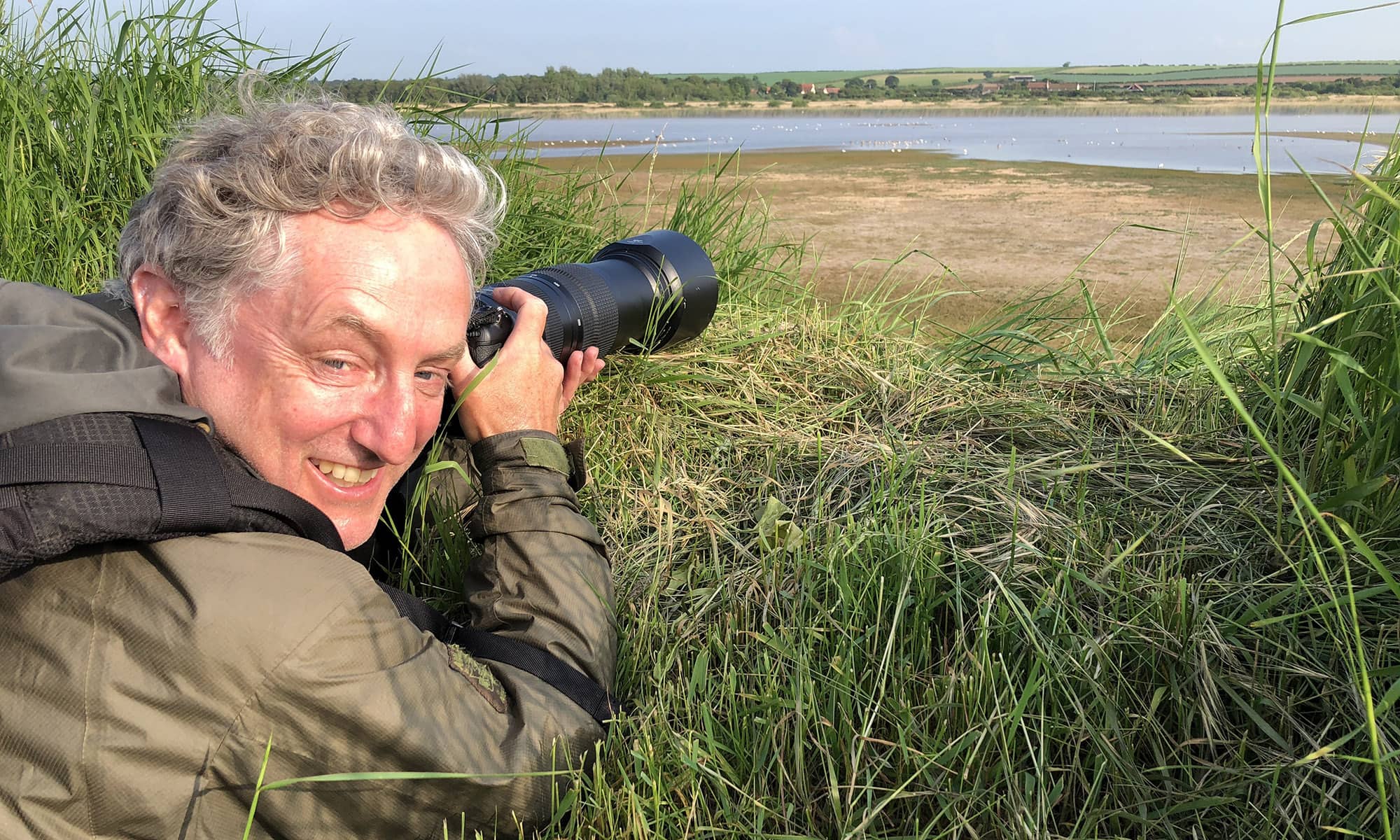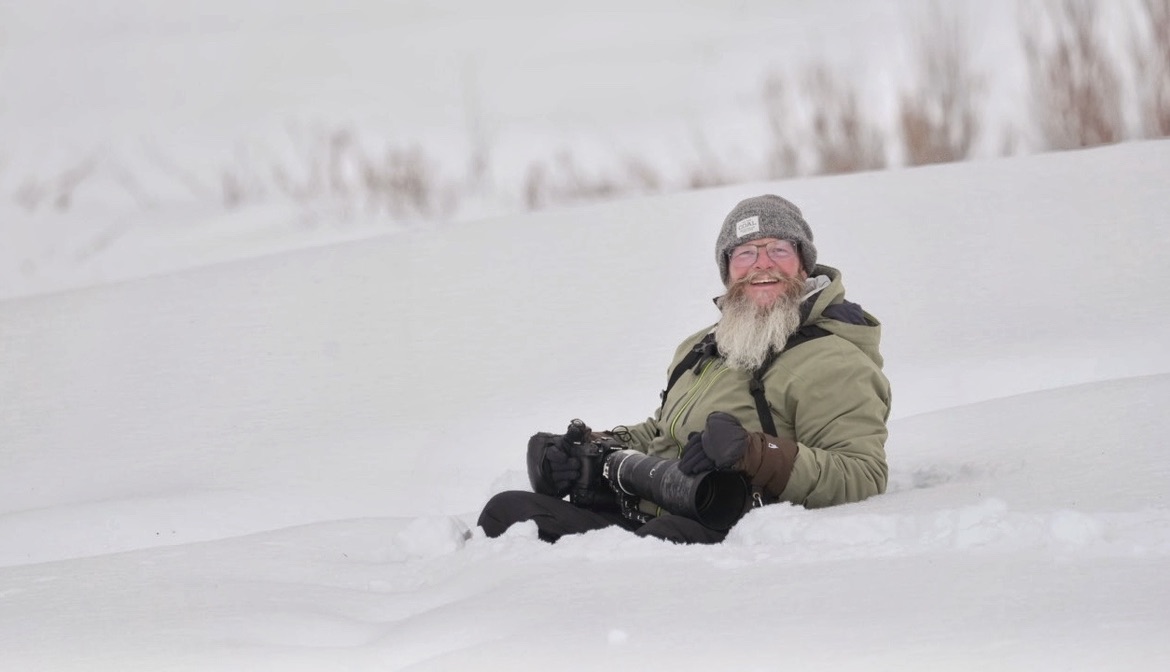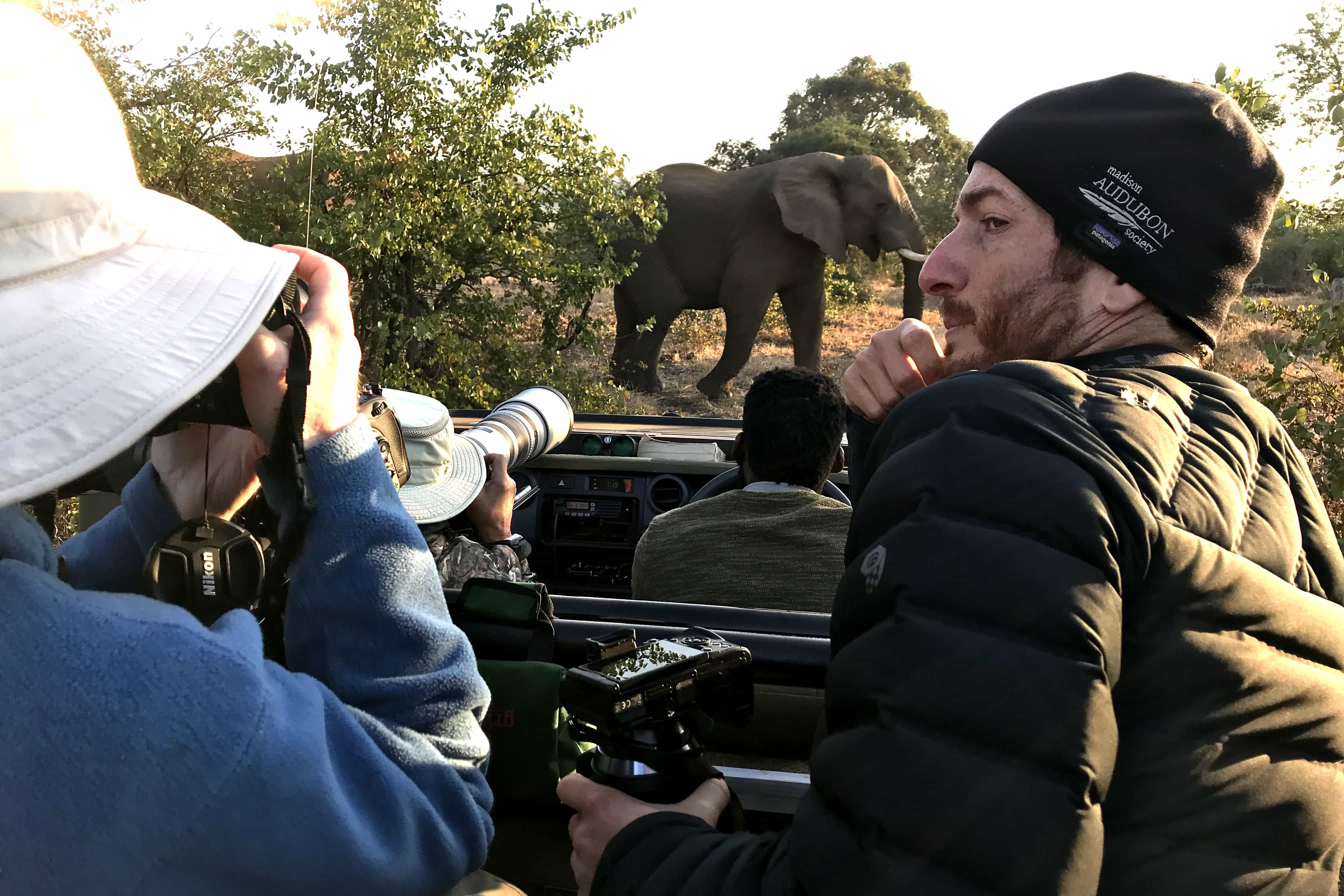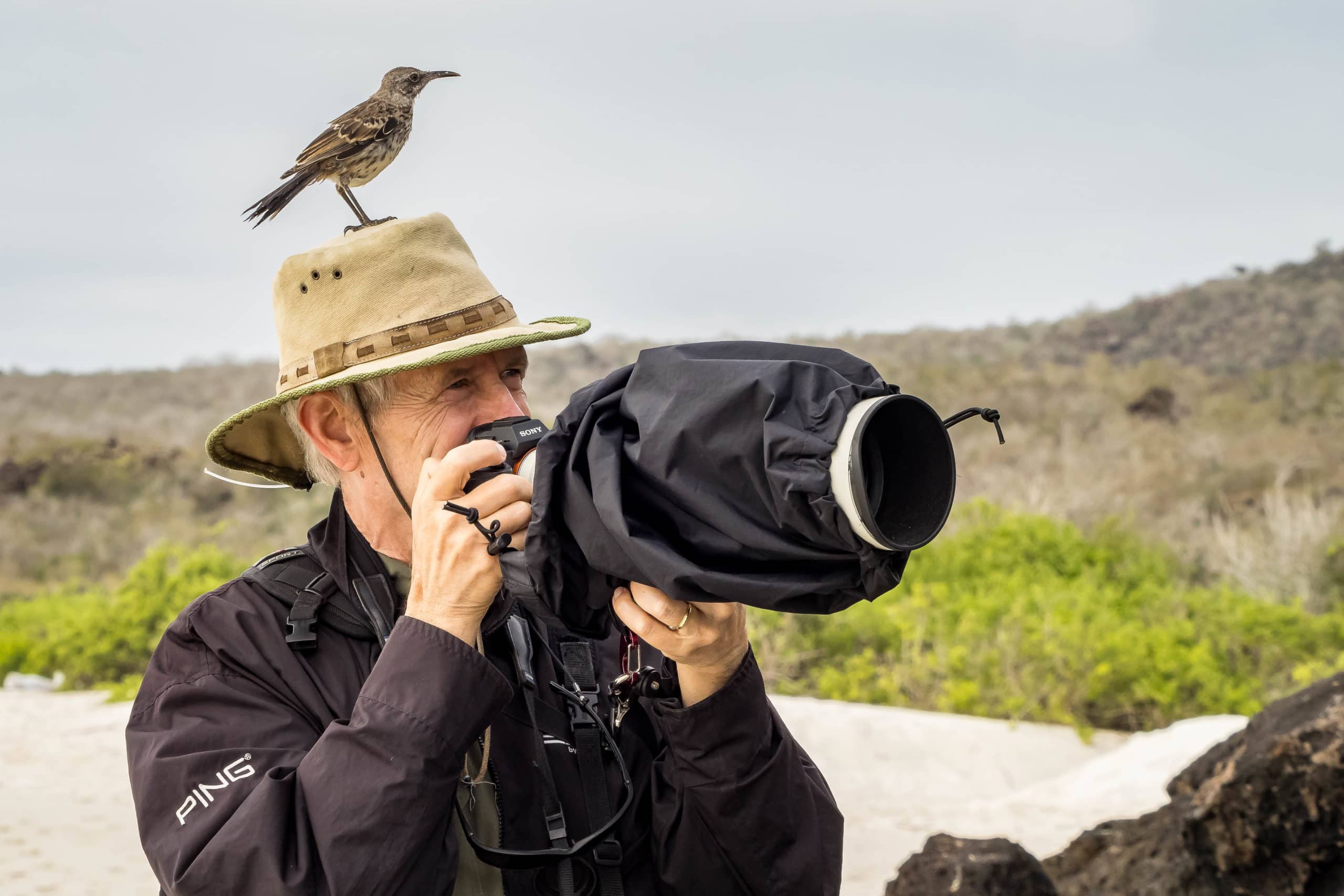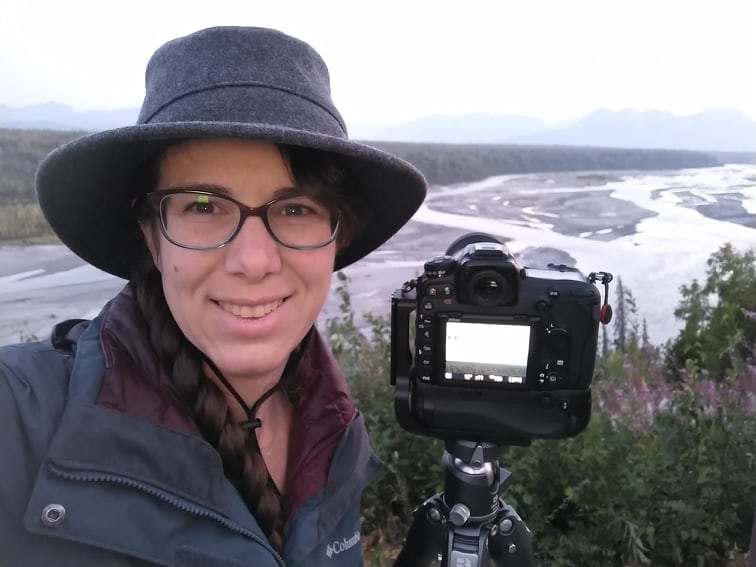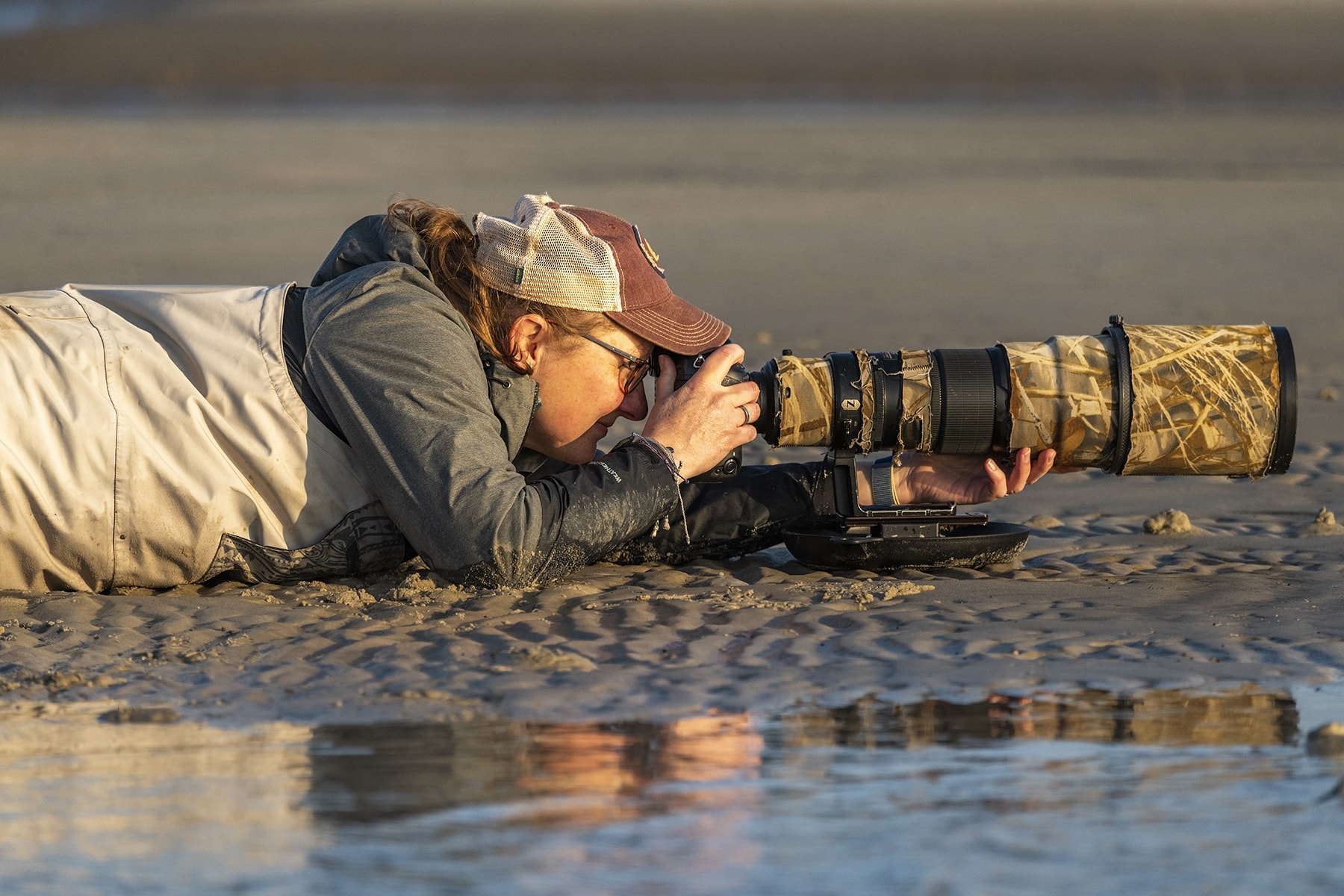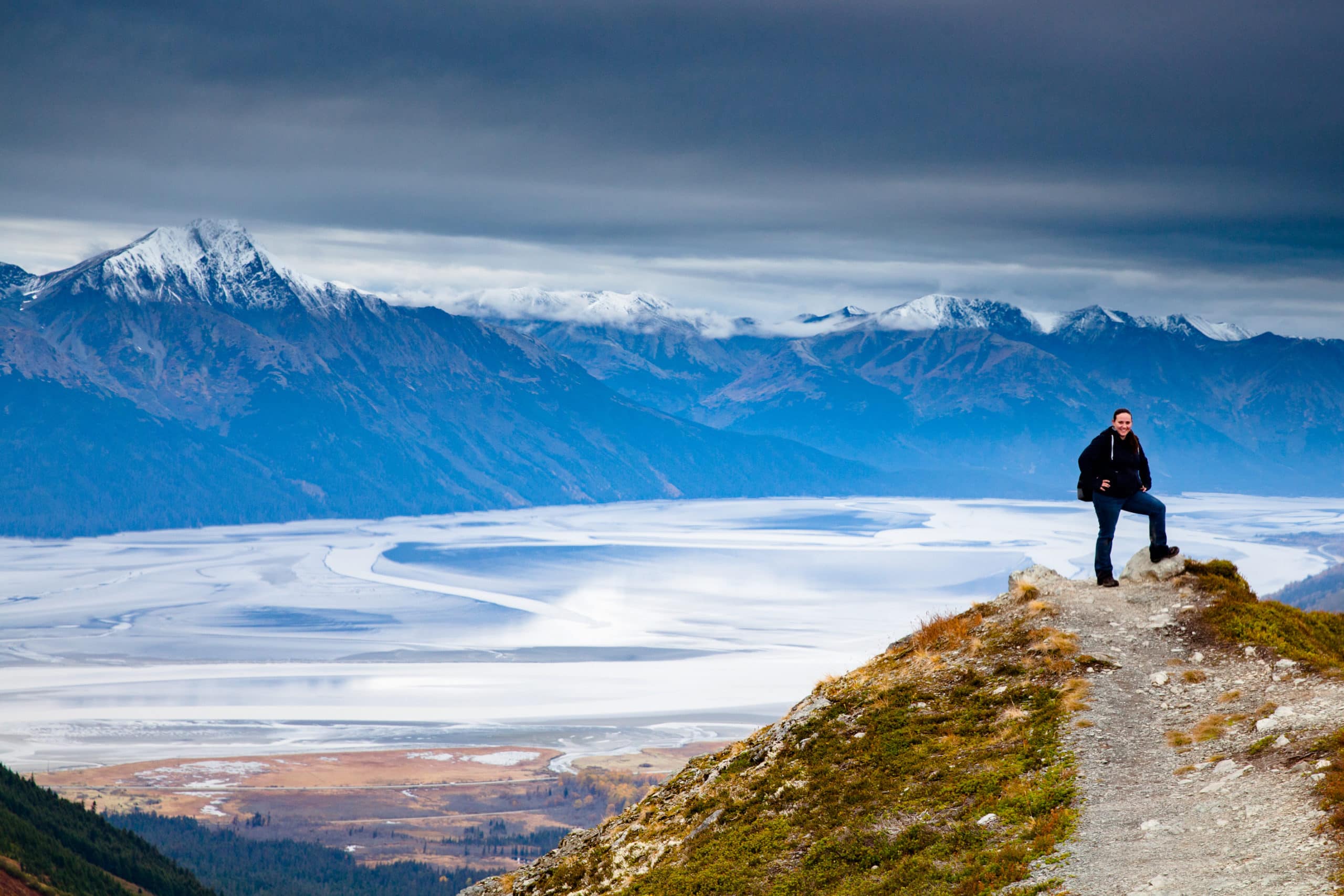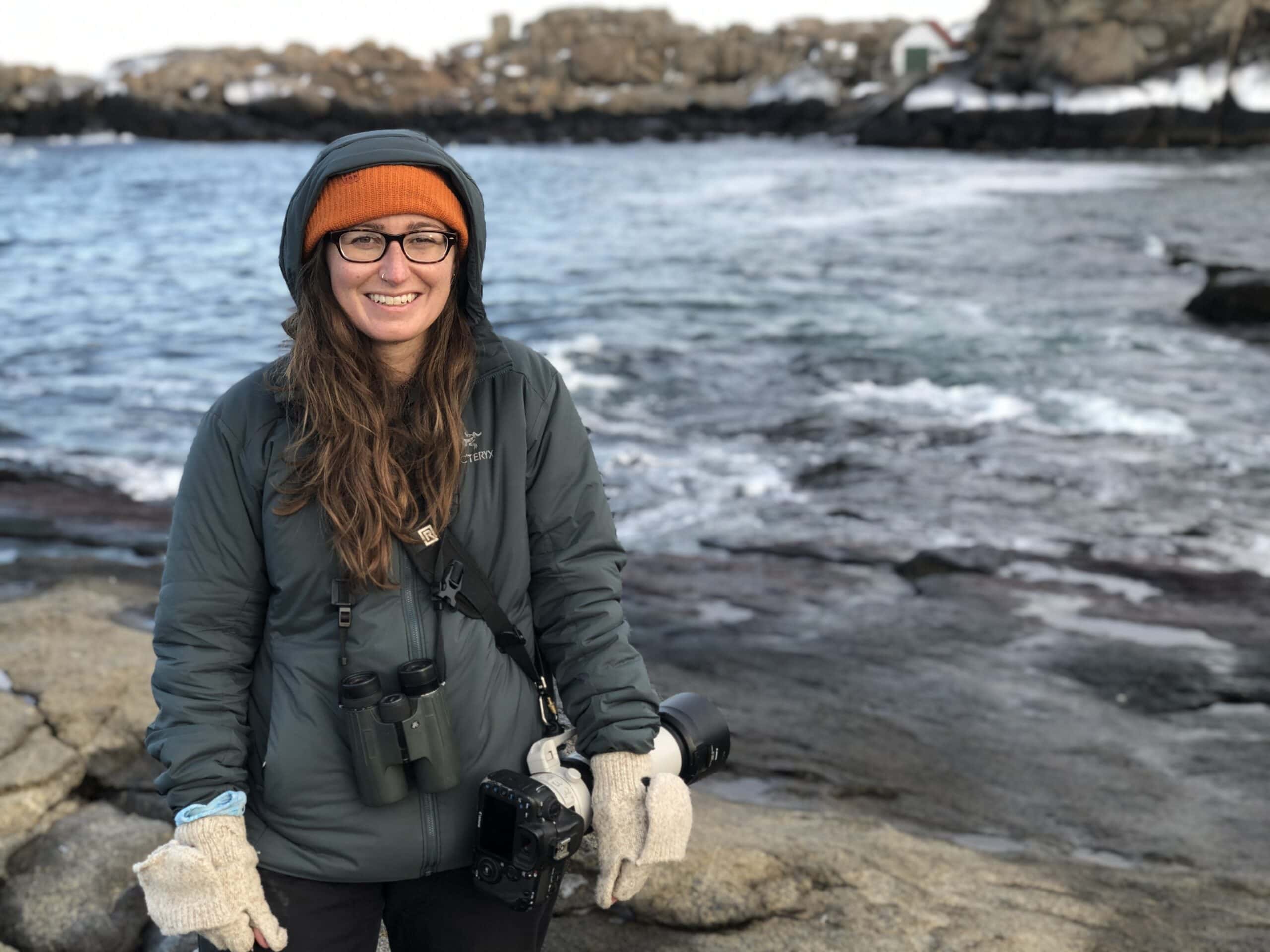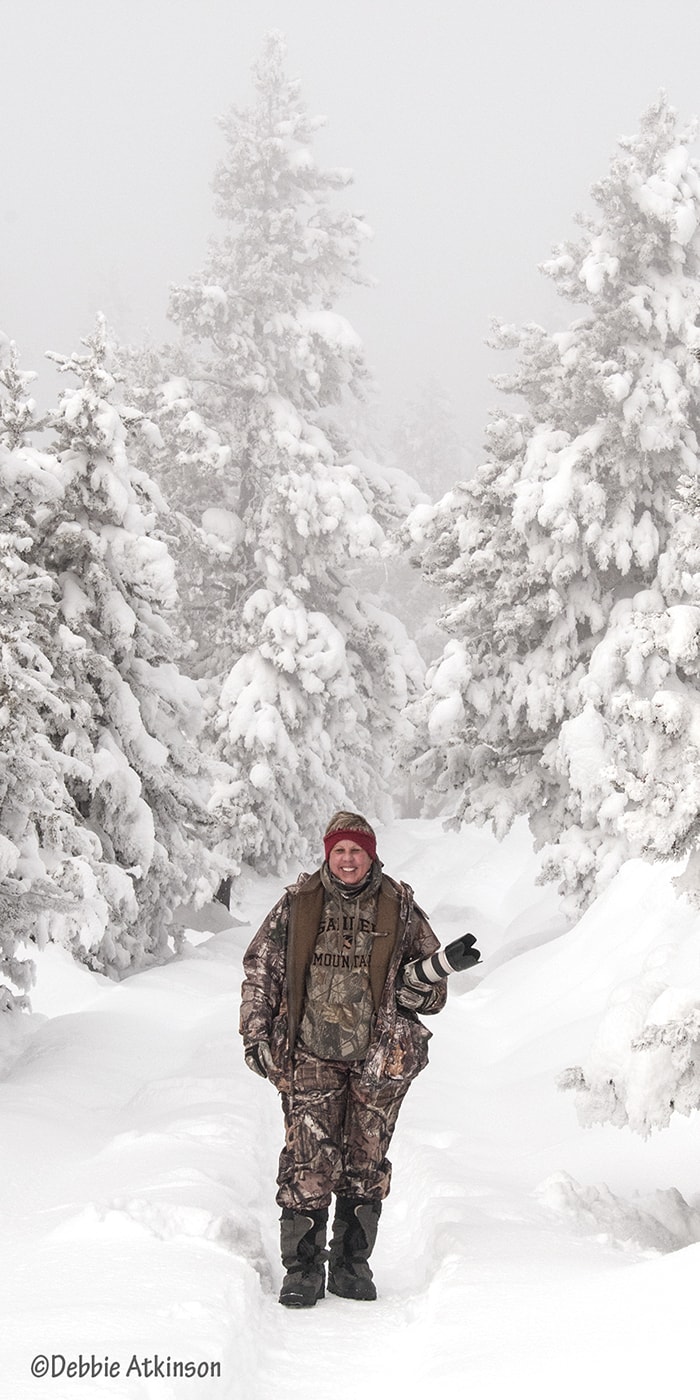
PERUVIAN AMAZON – Intro to Region, Lomas de Lachay, and Ventanilla Wetlands
May 23, 2020 | by
Many people who venture to the Amazon with Wildside have dreamed of visiting since they were children. And with good reason! Few places hold such intrigue, or thrill the imagination like Amazonia, with its river and rainforest and incomprehensibly vast biodiversity.

Sunset over the Río Marañón, principle source of the Amazon River – photo by Sally Ingraham
The Amazon River Basin, in brief…

Amazon River at Iquitos – photo by Sally Ingraham
The Amazon River is arguably the longest in the world (neck-and-neck with the Nile, “true length” dependent on who measures and how). It stretches AT LEAST 4,000 miles, beginning high in the Andes Mountains, only 100 miles inland (upland?) from the Pacific.
Rushing across the South American continent, it passes through 6 countries before hitting the Atlantic Ocean. Pulling from its immense drainage system (an area of about 2.7 million square miles), the Amazon pours about one-fifth of Earth’s freshwater into the sea.
Floodplains (várzeas) surround the river and its tributaries, and contribute to a uniquely specialized ecological system. Where the land rises enough to escape annual inundation, the terra firme forest is home to unbelievable quantities of life.

Amazon Rainforest – photo by Sally Ingraham
Amazonia contains about half of the Earth’s remaining rainforest. One square kilometer of the Amazon Rainforest can contain about 90,000 tons of living plants. 2.5 million insect species, and some 2,000 birds and mammals live in the region.
From this mind-boggling view…let’s zoom in a little.
Peruvian Amazon

La Perla, our Amazon riverboat home – photo by Sally Ingraham
On our Amazon Riverboat Birding and Photography Adventure, we visit just the Peruvian Amazon (which covers 60% of Peru). Here there are ONLY around 800 bird species, and 300 mammals. There are JUST 700 types of fern, and around 2,500 butterfly species…!
The only thing the Peruvian Amazon has very little of is PEOPLE (about 5% of the country’s population) but that is probably a good thing!
Our Wildside Amazon trip takes us to this amazing region every February/March. The trip is designed with birders and photographers in mind, and therefore caters to the varying goals of each group.
(Check out this TRIP REPORT by Lee Hoy about our Amazon trip, experienced from the “photographer’s boat”!)

The “Birder’s Boat”, one of two skiffs used for excursions by our group – photo by Mark Amershek
Before heading into the Amazon River Basin, however, we like to offer an optional day trip to another fascinating bioregion outside of Lima, Peru.
Lomas de Lachay

Lomas de Lachay National Reserve, Peru – photo by Sally Ingraham
If you arrive a day early for our Amazon adventure, we can head 65 miles north of Lima, to Lomas de Lachay National Reserve. This reserve protects 12,500 acres of Lomas (Spanish for “hills”), an ecosystem that is unique to the coastal deserts of Peru and Chile.
Lomas are areas of fog- or mist-watered vegetation, oasis islands in the midst of otherwise almost vegetation-less desert. The dense fog (called garúa in Peru) rolls in from the Pacific, and is a strange thing to venture through as we leave Lima via the Pan-American Highway. It hides the high barren sand dunes and hills from us for most of our morning drive.
We can only dream of what the lomas might look like (emerald swaths of vegetation and flowers) because we visit in February, during the austral summer when even the garúa can’t keep the desert green.

Lomas de Lachay, Wildside pre-trip group – photos by Sally Ingraham

Peruvian Thick-knee family – photo by Sally Ingraham
I was there last in February of 2020. Led by Edison Buenaño, the pre-Amazon trip group and I were looking for some of the lomas’ year-round avian residents, as well as dry-season specialists and a few Peruvian endemics.
We had barely pulled onto the dirt road of the reserve when we spotted a group of Peruvian Thick-knee. We jumped out of the bus to observe a pair with a juvenile.
Further up the road we encountered dozens of Least Seedsnipe and a few Coastal Miner, while Aplomado Falcon, Variable Hawk, and Black-chested Buzzard Eagle revealed themselves in the skies. Near the ranger station we found Band-tailed Sierra-Finch, Eared Dove, and Peruvian Meadowlark, as well as more familiar birds like American Kestrel, and Vermilion Flycatcher.

Least Seedsnipe, Peruvian Meadowlark, Coastal Miner, Black-chested Buzzard-Eagle, Variable Hawk – photos by Sally Ingraham

Stenomesson flavum (or Flor Anaranjada de Verano – trans. “Orange Summer Flower”) This plant is a Peruvian endemic and is unique to the lomas ecosystem – it is one of the few plants that grows and blooms in lomas in the austral summer – photo by Sally Ingraham

Andean Tinamou – photograph by Edison Buenaño
In a valley area deeper in the reserve we came across TEN Andean Tinamou. They were blissfully feeding on seeds among Armed Cereus cacti. Tinamou species are typically secretive, and you are lucky to catch even a glimpse of one. We were stunned to find so many, but were delighted that they let us photograph and observe them to our hearts content.
In this area we also had good looks at Croaking Ground Dove, Hooded Siskin, and Rufous-collared Sparrow.
As we started the drive back to Lima I spotted a Burrowing Owl on our way out of the reserve.

The last of the garúa burning off as afternoon arrives in Lima, Peru – photo by Sally Ingraham
Ventanilla Wetlands

Ventanilla Wetlands, Lima, Peru – photo by Sally Ingraham

Andean Duck, juvenile and adult Slate-colored Coot, Gray-headed Gull, and Franklin’s Gull – photograph by Edison Buenaño
We usually stop at the Ventanilla Wetlands as part of this day trip, on the way back to Lima. Like most wetlands in an urban setting, this relatively small marsh/pond area was teeming with birds when we were there. Many of our familiar North American water birds were present – egrets and yellowlegs and sandpipers. Black-necked Stilt and Wilson’s Phalarope mingled with Cinnamon Teal, and Black Skimmers zoomed around.
There were also “familiar birds”, but species that were new to us – Slate-colored Coot (larger than our American Coot), Andean Duck (bluer-billed than our Ruddy Duck), White-tufted Grebe, White-cheeked Pintail, and a thousand Franklin’s Gulls. West Peruvian Doves reminded us of White-winged Doves.
Distantly across the pond there was a lone, pale white Chilean Flamingo. We had a quick view of an Amazilia Hummingbird as well.
Back at the hotel in Lima that day we tallied our checklist – 46 species, many of which we usually only see here during this trip.
Visiting Lomas de Lachay and Ventanilla Wetlands is a fantastic way to kick off our Peruvian adventure. It’s a fascinating transition from this coastal desert to the flooded rainforest, and really serves to celebrate the complex diversity of ecosystems in this amazing country!

The pre-trip group in February 2020: Edison, Mark, Ethie, Renee, Les, me, and Bill – photo by Edison Buenaño

